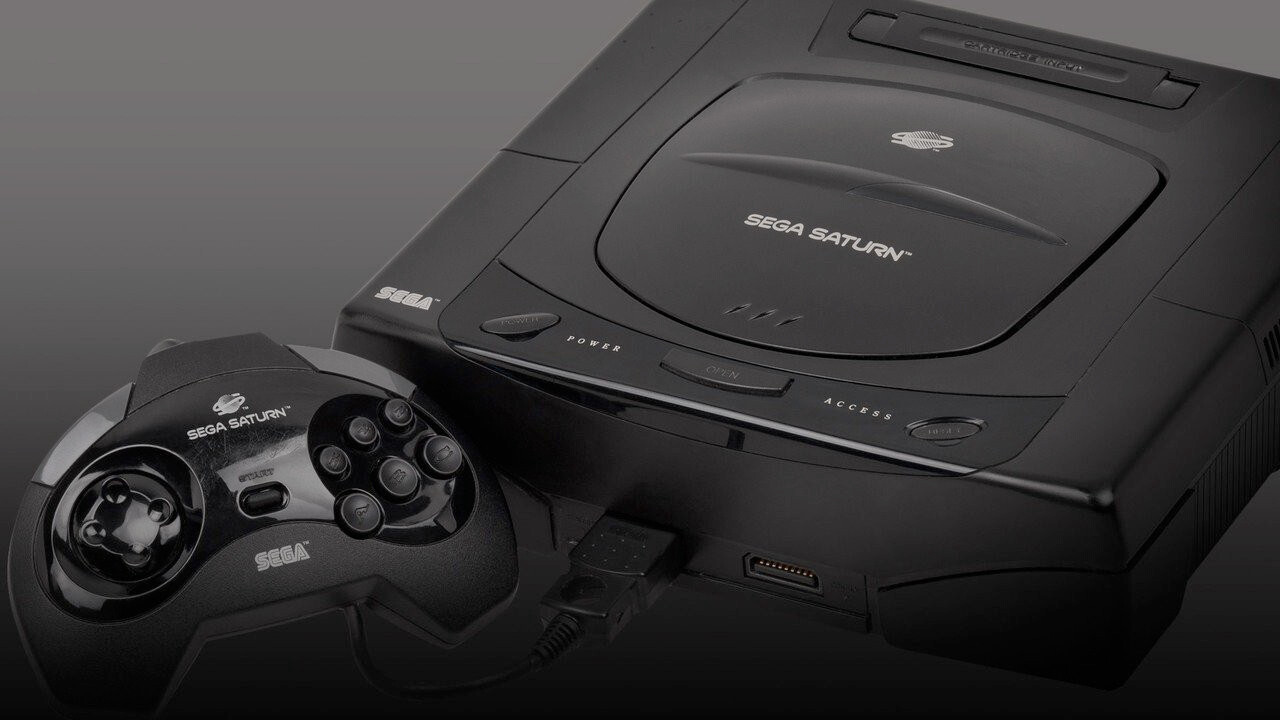
In addition to this, you are able to run original game discs (CDs) from RetroArch. Settings are also unified so configuration is done once and for all. It enables you to run classic games on a wide range of computers and consoles through its slick graphical interface. RetroArch is a frontend for emulators, game engines, and media players. The native interface will tell you about the emulation status of the chosen driver, and what components are considered lacking. For some systems, the developers may not have everything implemented. The project and its team focus on accuracy and preservation, which often puts usability at a much lower priority for end-users, so don’t expect support for more recent boards like Atomiswave. MAME is the prime example of a jack of all trades it can technically emulate consoles like the PlayStation and Nintendo 64, but for those consoles, you’re better off going with our recommended emulators as they may be more performant or more compatible than MAME’s own drivers. Over time, MAME has incorporated similar projects out of necessity to keep development active and prevent duplication of work as some arcade machines often shared hardware with consoles to ease the development of games. Much like the name says, MAME was supposed to be for arcade machines like Pac-Man back when it was released in 1997.

The performance quality of this emulator may vary but this is one of the best Sega Saturn emulators.

In the event you don’t like MAME’s own interface, there are many alternative fronts ends available. MAME is incredibly large, supporting thousands of machines and ROM sets, though what is supported is not what’s playable your mileage may vary.

The philosophy behind the project is to recreate the workings of machines through emulation, and thus the ability to actually play the games is “a nice side effect”. MAME was originally an acronym for Multiple Arcade Machine Emulator is a multi-platform, open-source, multi-system emulator written in C++.


 0 kommentar(er)
0 kommentar(er)
